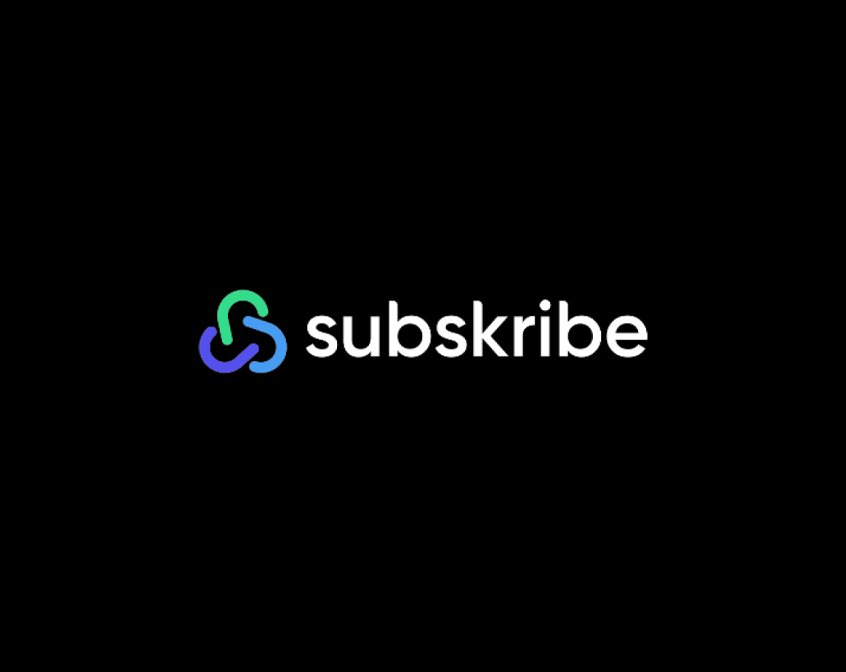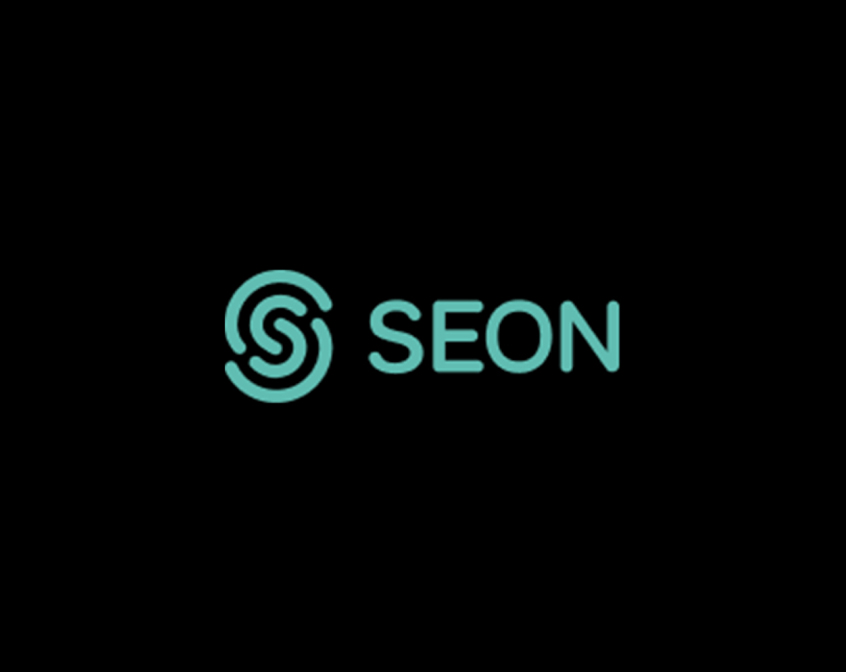Every company runs on paperwork. Whether physical or digital, large companies generate hundreds and thousands of documents every day. Bank statements, HR docs, payment info, RFPs, order processing, customer success, quotes, contracts, bills, leases, invoices, receipts, IP documents, tax documents, vendor screens, compliance documents, corporate documents, insurance documents, entity management – these are just a few of the countless documents that the typical enterprise generates on a monthly basis.
Over the last decade-plus, documents have become increasingly digitized, which lowers costs, lowers environmental footprints, and improves productivity. Yet humans are still very much the means by which corporate documents are processed. Ask someone who works in a sales, accounting, legal, or finance department, for example, and you’ll likely hear that preparing, coordinating, and processing documents makes up an outsized part of their day-to-day responsibilities.
One of those responsibilities is coordinating revenue recognition (RevRec) paperwork. Take a SaaS vendor, for example. Every time the vendor signs a deal with a customer, an accounting team is responsible for analyzing the associated order form, master agreement, and purchase order. They have to make sure the terms are correctly entered into their core accounting systems and general ledger. If there’s an error, a company’s financials are at risk of being misstated, which can have both legal and financial consequences from regulators. Historically dealing with RevRec would be a manual and spread-sheet centric process that involves identifying the customer’s contract in the CRM, finding relevant financial terms, entering them into a spreadsheet checklist, sending that spreadsheet to a colleague for review, and then entering it into an ERP system.
Klarity is changing this by automating the RevRec process. By leveraging optical character recognition (OCR) and natural language processing (NLP), Klarity’s software is able to understand key document variables. Klarity analyzes a purchase order, annotates it, extracts relevant data, and prepares it for integration with core systems of record. All documents are then compiled into a common dashboard where teams can assign features, comments, and notifications, among other workflows. An analytics dashboard helps teams review important metrics such as the number of opened or reviewed documents.
Klarity eliminates the need for 85% of manual document review. By significantly reducing the thousands of times accountants review these documents every year, Klarity also reduces the amount of human error involved. Klarity is 30%+ more accurate than a human when reviewing documents at scale. With increased regulatory compliance (i.e. ASC 606, SOX 404) and new pricing models (i.e. consumption-based), accounting processes have become more complex, requiring more employees and auditors to manage them.
This clear ROI realized by automating RevRec is part of what has the company garnering such traction in the world of enterprise software. Klarity has analyzed more than 150,000 contracts over the last year for more than 40 companies including Coupa, Okta, Zendesk, 8×8, PagerDuty, and UiPath.
While Klarity is an accountant’s best friend today, RevRec is just the beginning. The entire P&L of a company consists of transactions that lead cash to come in and out of a business. With each transaction there is a contract, and with each contract there is a process to ensure its terms are accurately reflected in a company’s core accounting systems and general ledger. Over time, as Klarity’s software becomes more adept at understanding a wider range of contracts, the company will expand beyond RevRec workflows. This means less time for employees spent on repetitive and manual workflows, and more time spent adding value to their company’s core business.
Not only do Klarity’s corporate customers appreciate the productivity and efficiency gains realized by leveraging its software, but its end-users do too. This is no accident – Klarity’s CEO and cofounder Andrew Antos began his career as an associate at a law firm doing M&A and IP licensing work, which involved a great deal of document review and spreadsheet data entry. Hating the manual and repetitive nature of that work, Andrew pursued a Master’s degree at Harvard, while trying to find a way to build a document process automation solution that could have made his life better at his old job. That’s when Andrew met Nischal Nadhamuni, his future co-founder, who was finishing up his degree in computer science at MIT. Fast forward nearly three years to 2020, and Klarity’s first product was launched.
We’re incredibly excited to be backing Andrew and Nischal in building Klarity to supercharge accounting teams, giving back time and increasing efficiency and accuracy in document review workflows. To learn more about Klarity, check out their website and Series A funding announcement.










